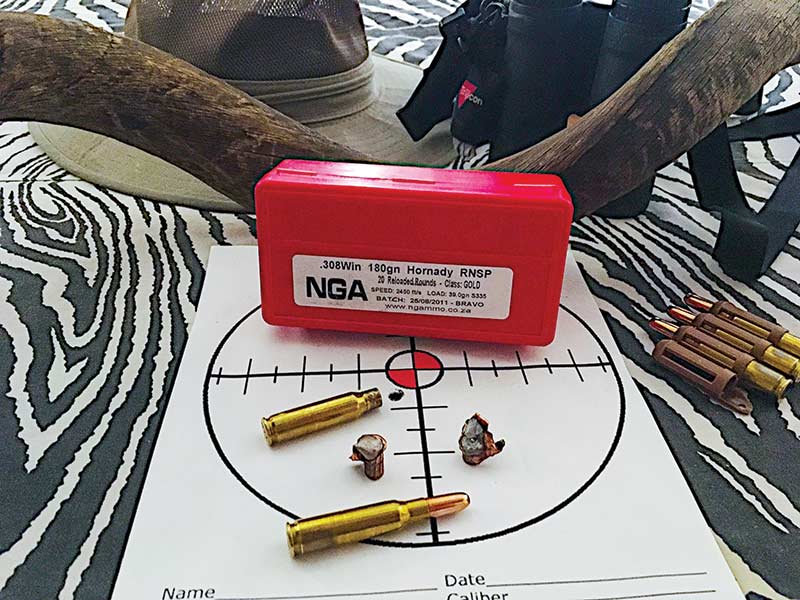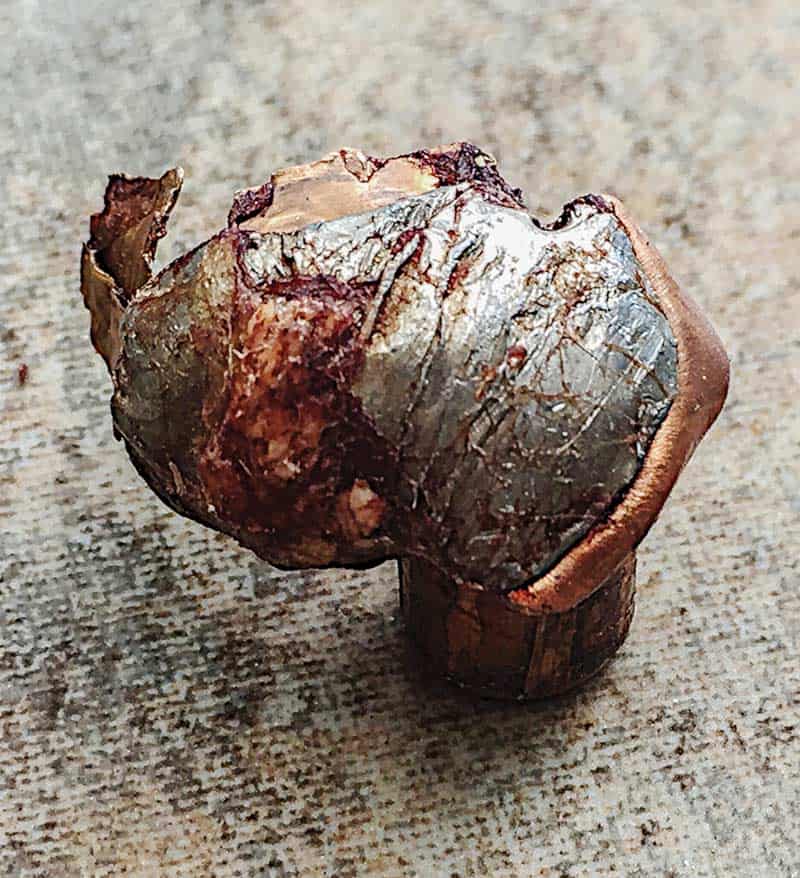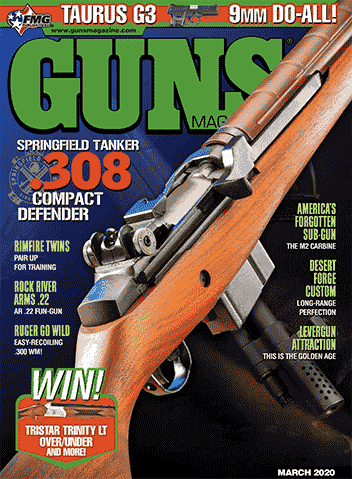First Hand Is Best
On a recent hunt in Botswana, I used round-nosed bullets exclusively. Yes, Tank’s maiden voyage to the Dark Continent was an utter success using such a simple slug.
Rather than bring my own guns, I opted to use the camp rifle, a Sako bolt-action rifle with internal suppressor using hand-loaded .308 Winchester ammo with Hornady 180-gr. Round-Nosed bullets at 2,450 FPS. Sound familiar?
The ammunition was ordered by the Wildlife Game Manager of the ranch, Richard Pascall, a certified Professional Hunter with over 50 years’ experience, along with a younger PH, John Sheehan, who has a mere 33 years’ experience. Think they know what works?








